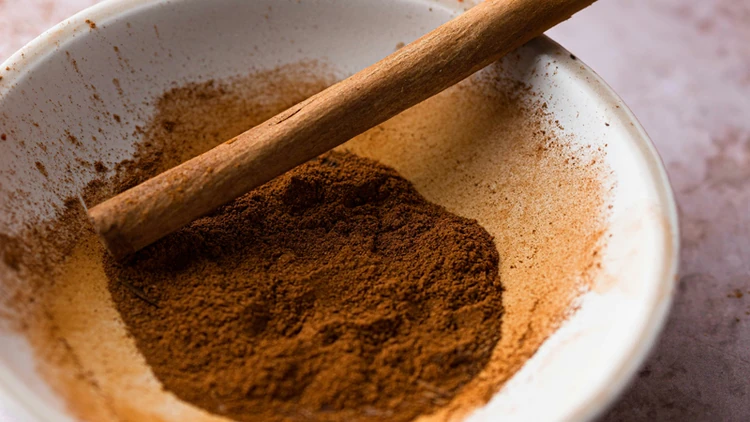There's been 12 recalls or warnings on ground cinnamon products

Lead keeps showing up in cinnamon lately. Contaminated soil, unsafe food production and sellers mixing lead into spices are the likely culprits, food safety experts say.
Fears roseabout lead in food after fruit pouches and apple sauce full of lead-tainted cinnamon wererecalledin late 2023. There have been 519 cases in 44 states of lead poisoning linked to the food as of March 22, according to the Centers for Disease Control and Prevention.
Eating food or water with lead poisonsthe bloodstream with the toxic metal.
Months to years of consuming lead can cause memory problems, muscle and joint pain and high blood pressure, among other issues. Lead is especially dangerous for children even in shorter time spans because of their fast growth, causing issues such as developmental delays, learning difficulties, hearing loss and seizures.
Since the apple sauce and fruit pouch recalls, the U.S. Food and Drug Administration and state governments have been investigating cinnamon and makingtroubling findings.
To date, there havebeen sevenrecalledand fiveunrecalled ground cinnamon products that tested with unsafe levels of leadsold at retailers including Dolar Tree, Family Dollar and Save-A-Lot.
Most, if not all, of the ground cinnamon came from Ecuador, where the FDA said some sellers may havemixed in lead to increase the cinnamon's value by adding weight and morevibrant color.
These recent cases may reflect a step up in surveillance, Thomas Gremillion, director of food policy at nonprofit Consumer Federation of America, told ConsumerAffairs. They may also be an indication, however, that the apple sauce incident was just the tip of the proverbial iceberg.

How does lead get in food?
Lead in food, such as cinnamon, root crops like sweet potatoes and fruit like grapes, is mostly from contaminated soil that touches food directly or is moved around by people, equipment or the wind, Tom Neltner, executive director of nonprofit Unleaded Kids, told ConsumerAffairs.
Lead can also get into food by coming in contact with other metals, such as aluminum, tin, brass and bronze, which is more of a problem in countries slower to phase out of lead or where it still in pipes and paint, he said.
"We need to be vigilant by actively testing products instead of waiting for children to be harmed," he said.
The recent ground cinnamon comingfrom Ecuador istainted because of unsafe food production, reckless testing and, as the FDA has said in some cases, lead may have been mixed in to make it more valuable by increasing its weight or color, Teresa Murray, consumer watchdog at the nonprofit U.S. Public Interest Research Group, told ConsumerAffairs.
"Oftentimes, there are so many companies involved along the journey from farm to fork that the FDA doesn't have much regulatory authority over some of the players that are outside of this country," she said.
What needs to happen to keep lead out offood?
To ensure food is safe, companies selling in the U.S. should focus on working with trusted partners, distributors and importers, Murray said, adding that domestic and foreign suppliers should test their products voluntarily to meet safety standards.
But sometimes the government canstruggle to act.
Currently, the FDA can't recall dangerous foodwithout first giving the company a chance to voluntarily issue a recall. Poisonous food can stay on shelves longer if a company is unresponsive, like in the case of the five companies that haven't yet recalled the ground cinnamon that tested for lead.
"The FDA needs to exercise the authority it has and, if that's not enough, Congress needs to give the FDA more authority to keep people safe," Murray said.
Photo Credit: Consumer Affairs News Department Images
Posted: 2024-08-05 10:51:28




















